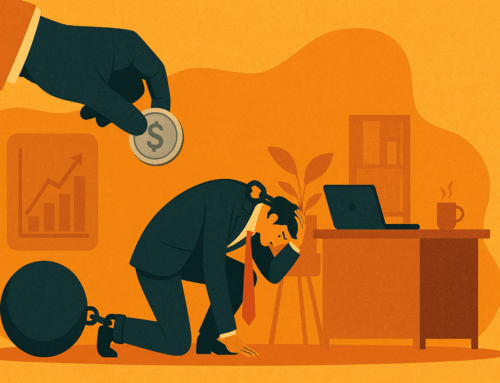When it comes to securing investments, understanding what venture capitalists (VCs) look for can be crucial. Here are key factors that will make your startup more appealing to investors, ensuring long-term sustainability and growth:
-
Sticky Product
A “sticky” product is one that keeps customers engaged, leading to longer customer retention and increasing profitability over time. This is a critical element that VCs prioritize as it reflects the sustainability of the business. A sticky product reduces churn and enhances Net Dollar Retention (NDR). It is more cost-effective to upsell to an existing customer than to acquire a new one. Startups with sticky products have a higher chance of sustaining growth, as loyal customers often generate increasing revenue year after year.
-
High Revenue Quality
Consistency in revenue streams is a significant draw for investors. High revenue quality means having a steady, predictable stream of income, coupled with a healthy customer concentration. VCs prefer a diversified customer base, as relying on a small portion of customers for most of the revenue presents significant risks. A balanced revenue inflow, with no more than 20% of revenue coming from 80% of customers, is ideal. Additionally, having up to three core revenue streams and up to three upsell opportunities in the first three years signals to investors that the company is set up for scalable, sustainable growth.
-
Strong Team
A strong, diverse team increases your startup’s invest ability. VCs value diversity in leadership, including different genders, backgrounds, and age groups, as this brings a wide array of perspectives and experiences. Another key factor is previous fundraising experience, which becomes even more crucial in later stages of the startup lifecycle. Finally, founder-market fit—where the founders have deep domain expertise and a robust network in the sector—provides a significant advantage in both fundraising and operational success.
-
Operational Efficiency
In times of economic uncertainty or downturn, operational efficiency is crucial. Startups with low burn rates and high margins are more attractive to investors. Burn rate refers to how quickly a startup spends its capital and ensuring that it doesn’t exceed the company’s financial runway is vital. One popular metric in software startups is the “Rule of 40″—the sum of the company’s growth rate and profit margin should exceed 40%. This benchmark became a critical measure for SaaS companies after gaining popularity in 2015, signalling balanced growth and profitability to VCs.
-
High-Growth Sector
Investors seek to fund startups in high-growth sectors. If your startup is positioned in an industry experiencing rapid growth or transformation—such as AI, ClimateTech, or HealthTech—investors will be more likely to fund it. Sectors at an inflection point of growth often offer investors the potential for high returns, making them more attractive. For instance, second-hand retail is growing 11 times faster than broader retail and is on track to outpace fast fashion by 2030. Being part of a high-growth sector positions your startup for significant returns, making it more investable.
By focusing on product stickiness, revenue quality, team strength, operational efficiency, and aligning with high-growth sectors, startups can become more attractive to investors. These factors not only drive growth but also reduce risks, giving your startup a better chance to secure the funding it needs for future success.
Content authored with the assistance of AI





